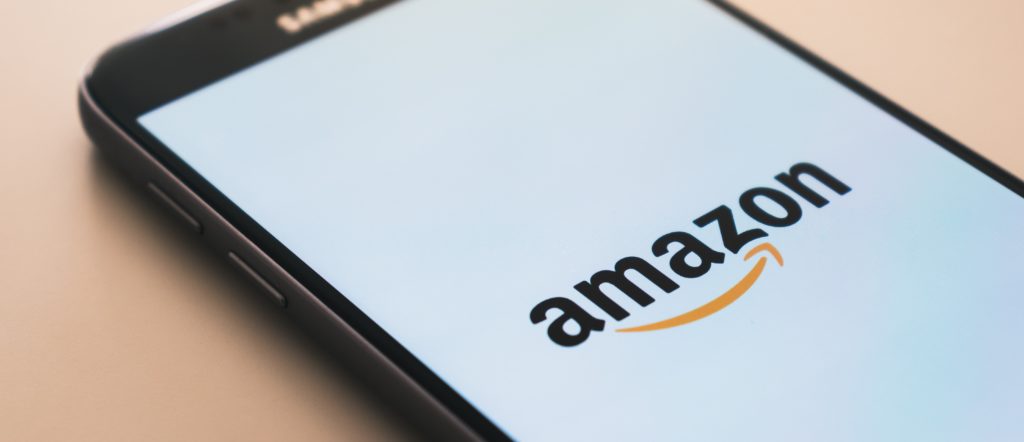Since January 2018, the UK has seen a number of retailers close their doors with many suffering from their worst start to the year since 2013. After Toys ‘R’ Us and Maplin went into administration back in February, New Look has closed 60 stores, Wicks has made over 100 redundancies from its HQ, and many are concerned about the future of significant chains like Mothercare who announced that they intend to close up to a third of its stores.
These are just a few of the many stories that have been dominating the headlines, and this trend does not appear to be slowing down with House of Fraser now also coming under pressure with the imminent closure of 31 stores. In fact, according to analysis from Business Insider more than 3,800 store closures are expected this year and the British Retail Consortium has warned that brick and mortar sales are likely to remain low for the rest of the year.
Businesses need to evolve alongside the consumer
Whilst the picture painted above shows there are some clear challenges facing retailers, it is not ‘the death of the high street’ that we are seeing widely reported. Rather, we are witnessing an evolution in retail driven by changing consumer habits, and if retailers can evolve the roles of their physical stores and can keep their fingers on the consumers’ pulse, then they can definitely remain competitive.
But what is causing this evolution? In addition to a sluggish economy, adverse weather conditions and rise in inflation, the way that people shop and expect to interact with merchants has dramatically changed. Online sales are rising and have been for the last five years. In fact, according to the Office of National Statistics, in 2017 in Great Britain, 77 per cent of adults had bought goods or services online over a period of 12 months and analysts predict that by 2030 e-commerce will account for around 40 per cent of all UK retail sales.
Furthermore, consumers expect a seamless digital experience when they are shopping online and this is in part due to the “Amazon Effect”. Everyone wants, and has now come to expect, the ability to buy products immediately, as cost effectively as possible, and with the added convenience of products being delivered straight to the home or office with free or low cost, fast shipping.

This transition online isn’t limited to B2C companies either. B2B companies are finding that their customers now expect the same seamless buying experience that B2C offers – according to Forrester and Internet Retailer B2B Buyer research, 53 percent of B2B buyers will make half or more of their work purchases online by 2018, and 74 percent say buying from a website is more convenient. Merchants need to make sure they adapt to the change in all buyer behaviour and moving from an offline-only sales model to online-only or a hybrid of the two makes perfect sense.
Further reading on online retail
- Curing shopping basket abandonment – a golden opportunity for online retailers
- Three New Year’s resolutions retailers should be making for 2018
- Yay or Yeay? The social video retail platform engaging Gen Z
Omnichannel retail needs to be efficient and profitable
Creating an efficient and profitable omnichannel retail business is a complex transition for any organisation and requires a thorough review of current practices and a strategic look at business goals. However, in-store digital innovation can enable both growth and scalability and this is essential to ensuring that businesses thrive as profit margins continue to be squeezed as the threat to the traditional high-street looms close overhead.
Improve upon what you already have
Before businesses think about expanding their operations in order to grow, they must first assess whether they are making the most efficient use out of their current resources, such as stock, order fulfilment and delivery processes. Retailers who believe they have ticked the box of omnichannel with a ‘click and collect’ process that is tied together manually with ‘bits of string’, will not survive unless they plan and implement a strategy that drives efficiency and profitability through the value chain. This can involve re-imagining the use of the store as both an essential part of the customer experience and as an integral component of order fulfilment, such as a ship-from-store system. This can be tied together with a real-time optimised network of available inventory.
Case study – Gabor shoes
German brand, Gabor shoes, is the perfect example of how omnichannel can mean so much more when manufacturers and distributors work together both offline and online. Gabor has a range of products available online in addition to thousands of stockists and brick-and-mortar stores across Europe, which means that its stock is decentralised. In order to deliver a truly seamless customer experience, Gabor needed to translate its in-store experience to digital, but also to work with its retailers to create a revolutionary fulfilment and order management system.
In order to do this, Gabor utilised their data to create a centralised global inventory. Using this inventory, Gabor’s products are able to be smartly sourced for order fulfilment from any distribution hub. By turning stores, suppliers and its partners into mini-distribution centres it allows them to not only make the most of all stock available but ensure the customers’ needs are always met. Gabor includes classical retailers as a major player in the businesses distribution system. For example, when a customer orders a pair of shoes online, the system will check which retailers has that exact product in stock – not only does this make the most of Gabor’s worldwide inventory, it also creates a convenient and simple experience for the customer. Ultimately, by involving retailers, Gabor have merged the online and offline experience and increased sales by up to 20 percent.
Making the shop experience digital
Businesses need to make sure that their in-store experience is also moving into the digital age – one way to enable this is to introduce digital platforms into the physical store. In-store digital kiosks with virtual product displays and digital experiences are fast becoming a key ingredient to business growth. The retailer has the capacity to never lose a sale, as they can mimic the full online product catalogue within the store, and as a result, they will they see profitability increase. Delivering these innovative experiences takes imagination and innovative technologies like ‘PWA and Headless eCommerce’, but it’s worth the effort. These solutions help nurture and retain brand loyalty as the customer experience becomes seamless between online and offline.
In the long run, the in-store experience offers something which an online experience cannot – interaction with a personable sales-person and an opportunity to interact with the product – just so long as it is in stock. So, delivering excellent customer service is always the final detail that drives profitability up or down.
The high-street is not certainly not obsolete – but ‘traditional’ retailers will be replaced by the ‘innovative’, experiential and digitally engaged brands – those who grasp that the role of the store needs to change. The future of retail business lies strongly in integrated digital e-commerce with bricks and mortar stores providing customer engagement and experience. The pressure is now on for all organisations, manufacturers and retailers alike to review their traditional business models and consider new hybrid ways of going to market including B2B2C combined with D2C so they meet the challenging expectations of the next generation of buyers.
Brian Green is the director of EMEA at Magento Commerce






